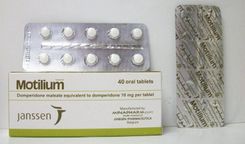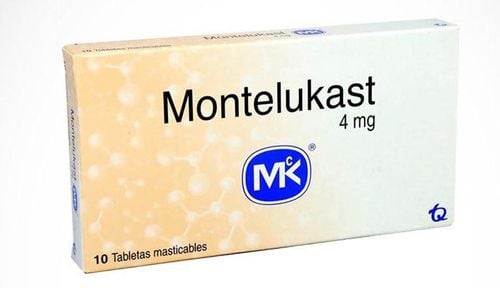This is an automatically translated article.
This article was written by Clinical Pharmacist Nguyen Le Trang - Faculty of Pharmacy - Vinmec Times City International General Hospital.Asthma affects about 300 million people worldwide. Asthma is a global health problem that can occur in all age groups, the prevalence of which is increasing in many developing countries. Two classes of drugs commonly used in the treatment and control of asthma are anti-inflammatory corticosteroids and bronchodilators.
1. In which case do you use an inhaler to control asthma?
In asthma control, the drug can be used orally, by inhalation, or even by injection, but the most common, convenient and effective is still using an inhaler / inhaler device. This form of medicine can generally be used in two cases: to relieve asthma attacks or to control and prevent asthma.
Asthma relief: medicine used to relieve symptoms when an asthma attack occurs (such as cough, wheezing, shortness of breath, pain, tightness in the chest). Asthma control/prophylaxis: medications are routinely used for a long time to treat symptoms and prevent asthma attacks from occurring.
2. Advantages of inhaled inhalers in asthma management
Inhalation sprays are aerosolized form of drugs that are delivered directly into the respiratory tract through the mouth, thus creating a faster effect than oral or aerosol drugs. This is especially important in stopping an asthma attack. The drug is delivered via inhalation to the lungs thereby reducing many of the systemic side effects. The lungs are also the target of the drug, so the dose of the drug to be treated is smaller than that of other routes of the same active ingredient.
The multi-use inhaler device is compact, suitable for hand-held and carried around, and designed to hold multiple doses. An asthma attack can happen at any time, so being able to carry it with you wherever you go is a huge advantage of an inhaler.
3. Use the correct inhaler
art of inhaler devices. Children, the elderly, people with cognitive impairments or mental health problems may find it difficult to ensure compliance and correct medication technique. Different types of inhalers require different application techniques. Carefully read the instructions for use and instructions of medical personnel.
3.1 MDI-metered-dose inhaler A hand-held inhaler device that uses a propellant to deliver vaporized liquid medicine into the mouth. Example Ventolin Inhaler

Steps: Step 1: Shake the bottle
Step 2: Open the cap
Step 3 Exhale slowly, deeply to empty the lungs
Step 4: Close the mouth of the bottle
Step 5: Inhale deeply, slowly, evenly and Press the inhaler to let the medicine enter
Step 6: Hold your breath for 6-10 seconds, then exhale normally
Repeat steps 3 to 6 if 1 more dose is needed. Then close the instrument cover. Gargle with warm salt water if the medicine contains corticosteroids to reduce the risk of oral thrush.
3.2 Dry powder inhaler - DPI - dry powder inhaler is a device that uses the patient's breathing force to deliver micronized powdered medicine into the mouth.
Instructions for dry powder inhaler Turbuhaler (Example Symbicort)

Steps: Step 1: Unscrew the cap of the potion
Step 2: Load the medicine (the medicine is already in the bottle), turn the base of the bottle to the right to the right and then release the hand to turn the base to the left until there is a sound " tick" is equivalent to loading 1 dose of drug.
Step 3: Exhale slowly, gently, deeply
Step 4: Close the tip of the tube
Step 5: Inhale quickly and deeply.
Hold your breath for 10 seconds. Close the lid of the medicine. The number of doses remaining can be seen in the potion window. Gargle with warm salt water if the medicine contains corticosteroids to reduce the risk of oral thrush.
3.3 Instructions for Handihaler dry powder inhaler (e.g. Spiriva Handihaler)

Steps: Step 1: Unscrew the cap of the potion
Step 2: Load the pill (the medicine is not in the bottle)
Step 3: Close the cap until you hear a “click”
Step 4: Press the button to “force” the medicine to release
Step 5: Exhale as far as possible
Step 6: Take a deep, long breath. Then hold your breath for 10 seconds
Step 7: Discard the medicine, wash the bottle, close the lid.
3.4 Fine mist inhaler - SMI - soft mist inhaler A device that does not use propellants, does not require strong inhalation force of the patient, delivers mist with a high proportion of small particles through a propulsion system. spring (eg Spiriva Respimat)

Exhale completely and slowly Close your mouth to the top of the bottle, do not cover the air hole Inhale deeply, slowly while pressing. Press the release button and continue to inhale. Hold your breath for 10 seconds Repeat from step 4 for full dose instructions.
At Vinmec currently deploying the Asthma Screening package, customers who want to visit and treat at Vinmec International General Hospital can directly visit the nationwide system, or contact via number hotline HERE.













